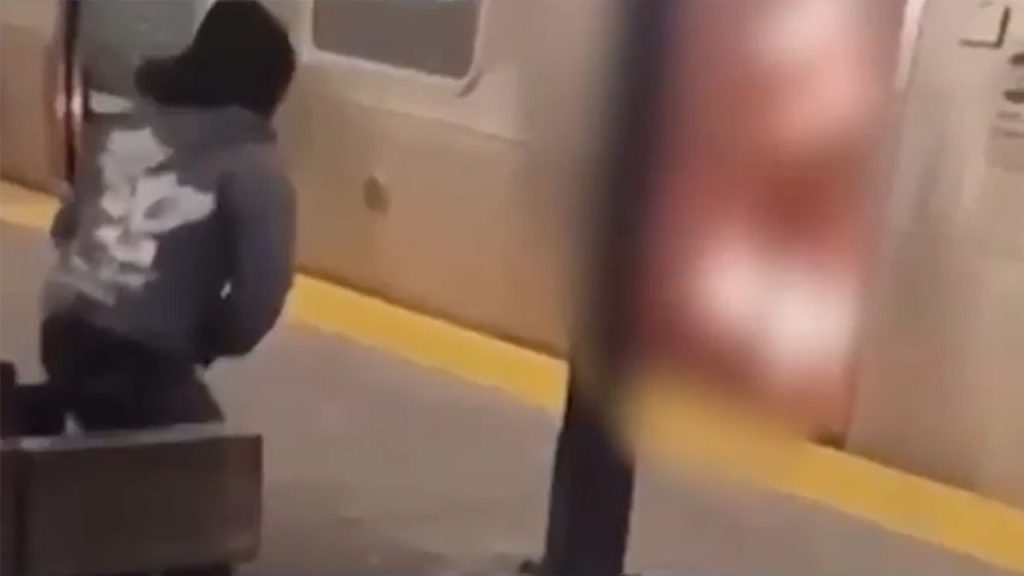The implementation of a congestion pricing plan in Manhattan has ignited a heated debate, with proponents arguing it’s a necessary step to reduce traffic congestion and fund public transportation, while detractors criticize it as an unfair burden on drivers and a misguided attempt to force people onto a subway system plagued by safety concerns. New York Democrats champion the new fee as a key component of their environmental and transportation agenda, aiming to incentivize subway usage while generating revenue for the Metropolitan Transportation Authority (MTA). The fee structure, ranging up to $9 for vehicles entering Manhattan’s central business district, targets private cars and trucks, effectively increasing the cost of driving into the city’s core. However, critics contend that this policy disproportionately impacts the middle class and businesses who rely on vehicular access to Manhattan, framing it as a “driving tax” that exacerbates financial pressures without adequately addressing the underlying issues within the subway system.
At the heart of the controversy lies the question of subway safety. While city officials and MTA leadership maintain that crime statistics are trending downwards, a spate of high-profile violent incidents has fueled public anxiety and cast doubt on these assurances. Opponents of the congestion pricing plan highlight these incidents, including an alleged arson murder, random stabbings, and shoving attacks, as evidence of a persistent safety crisis within the subway system. They argue that forcing more people onto the subway without adequately addressing these safety concerns is irresponsible and potentially dangerous. The case of Daniel Penny, who was involved in a fatal altercation on the subway, further complicates the narrative, raising questions about the delicate balance between public safety, individual responsibility, and the appropriate response to potentially dangerous situations in confined public spaces.
Artist and activist Scott LoBaido staged a protest against the congestion pricing plan, articulating the concerns of many New Yorkers who feel the policy is a punitive measure imposed without addressing the underlying safety issues within the subway system. LoBaido’s protest underscores the anxieties surrounding subway safety, arguing that the focus should be on improving security and addressing the root causes of crime rather than simply pushing more people into a potentially dangerous environment. He draws a parallel between the congestion pricing fee and the historical context of the Boston Tea Party, suggesting that the current policy represents an overreach of government authority and a disregard for the concerns of ordinary citizens.
While Mayor Eric Adams has pledged to increase police presence in the subway and Governor Hochul previously deployed the National Guard, critics remain skeptical about the effectiveness of these measures in addressing the underlying issues contributing to crime and disorder. They argue that a more comprehensive approach is needed, encompassing mental health services, social support programs, and improved infrastructure to enhance safety and deter criminal activity. The disconnect between official pronouncements of improved safety and the lived experiences of many subway riders fuels public distrust and reinforces the perception that the congestion pricing plan prioritizes revenue generation over the safety and well-being of commuters.
The MTA chairman, Janno Lieber, maintains that the perception of subway crime outweighs the reality, citing statistical data that suggests a decrease in overall crime compared to pre-pandemic levels. However, this statistical argument fails to resonate with many New Yorkers who feel increasingly vulnerable in the face of highly publicized violent incidents. The focus on overall crime statistics obscures the specific types of crimes that have seen an increase, such as felony assaults and homicides, which contribute significantly to public fear and anxiety.
The debate over congestion pricing and subway safety reflects a broader tension between competing priorities in urban planning and governance. While reducing traffic congestion and promoting public transportation are laudable goals, critics argue that these objectives should not come at the expense of public safety. The implementation of the congestion pricing plan without a commensurate investment in improving subway safety and addressing the root causes of crime risks exacerbating existing inequalities and further eroding public trust in government institutions. A more holistic approach is needed, one that prioritizes the safety and well-being of all New Yorkers while simultaneously pursuing sustainable transportation solutions.

